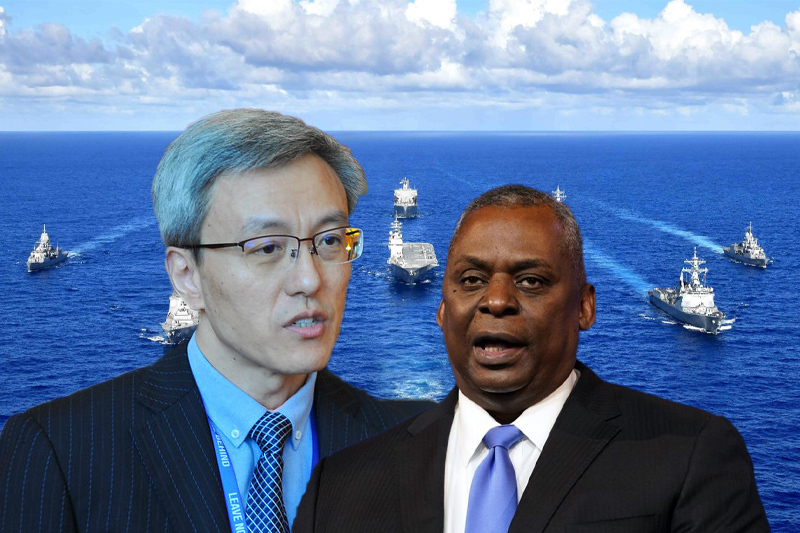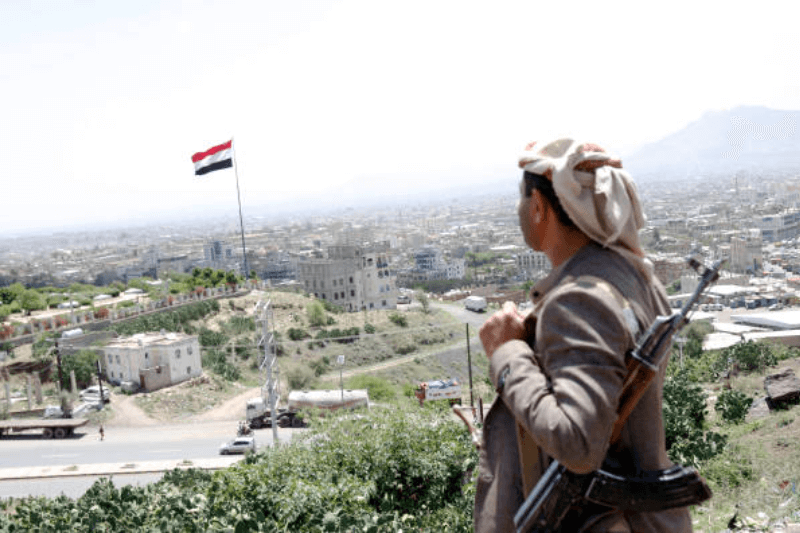
United States military presence in the Asia-Pacific region exacerbates regional division- Chen Dongxiao
At the Shangri-La Summit, the Secretary of Defence for the United States, Lloyd Austin, lauded the “power of partnership” and stated that the leadership of the United States will maintain regional security in the Asia-Pacific region.
On CGTN anchor Xu Qinduo conducted an interview with Chen Dongxiao, president of the Shanghai Institute for International Studies, on the fringes of the summit. He made the point that the United States’ estimation of its leadership position in the Asia-Pacific region is absurd and that the ideological and military-based alliance that is led by the United States has not promoted integration and unity in the region, but rather has made the region more divided and fragmented.
More about the United States’ military presence in the Asia-Pacific region
The United States maintains two-way diplomatic ties with a large number of countries located in the Indo-Pacific region. In addition, the United States has established formal alliances with Japan, South Korea, the Philippines, Australia, and Thailand.
Keep Reading
The United States collaborates with the Association of Southeast Asian Nations, which is comprised of ten different countries.
There are groupings that are trilateral, quadrilateral, and even more complex than that. “Each of these contributes something additional, and they all complement one another,”




